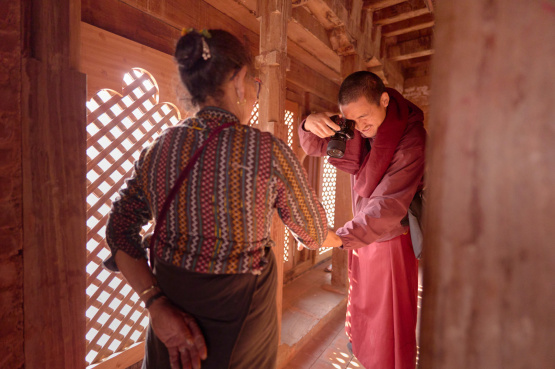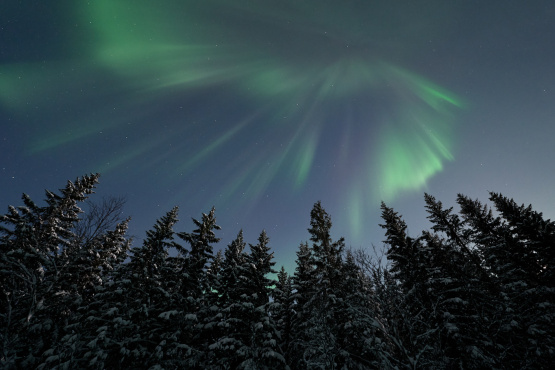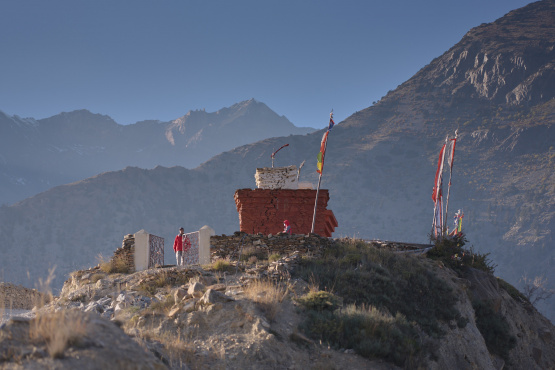"It's never just Black and White"
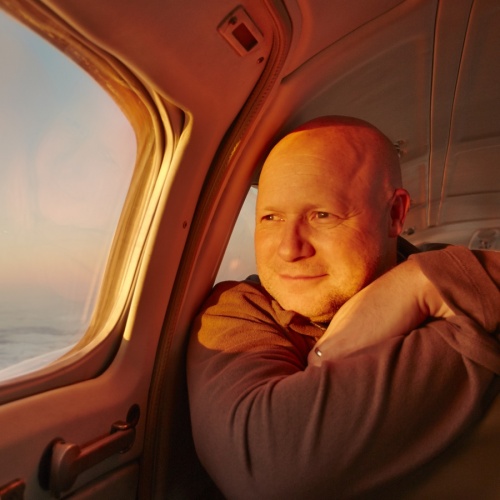
Fabulous field guides for my favourite destinations. Full of rich detail to help you make the most of your photographic opportunity on location.
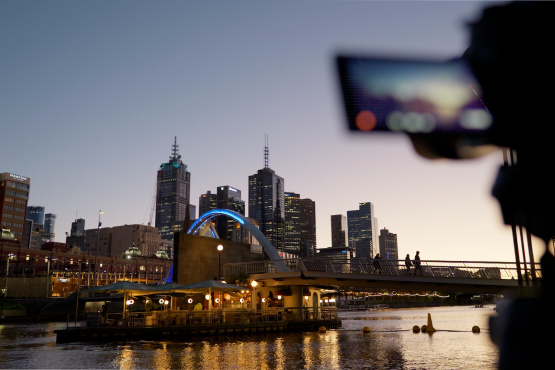
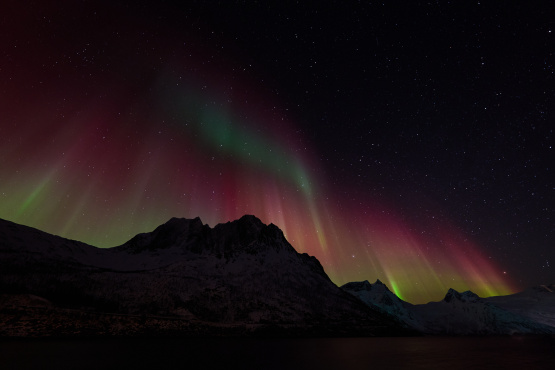
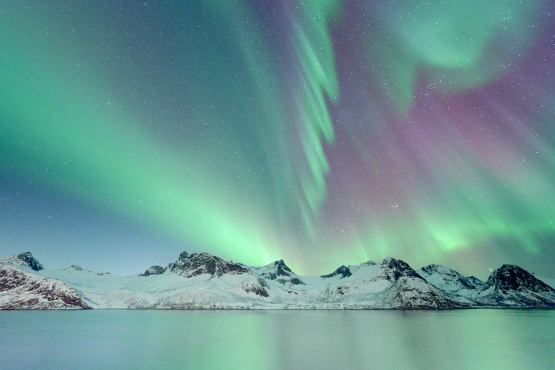


The art of photography is not about the camera, it's about what you do with it. Change your attitude to change your photography.
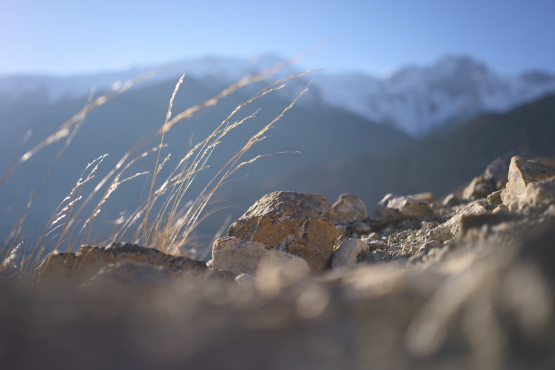
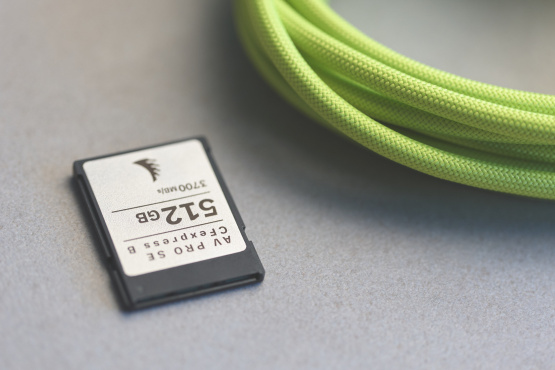
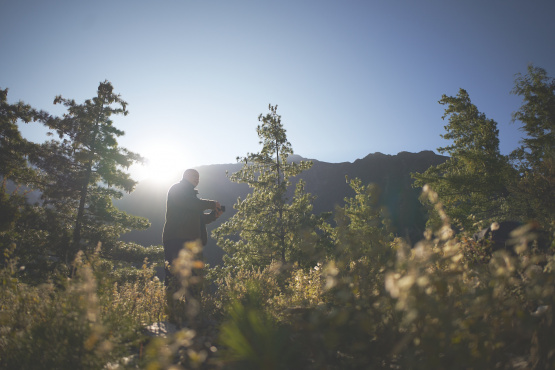
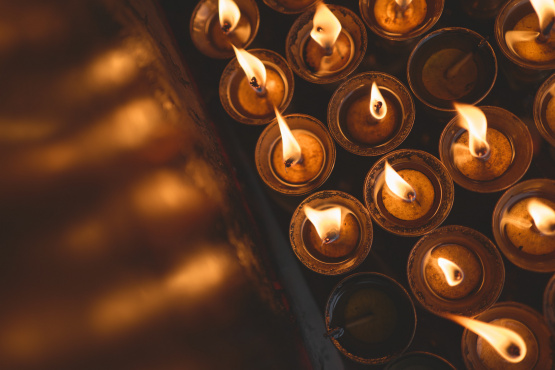
Very selected features on the hardware, software and extra wares that help me get the job done.
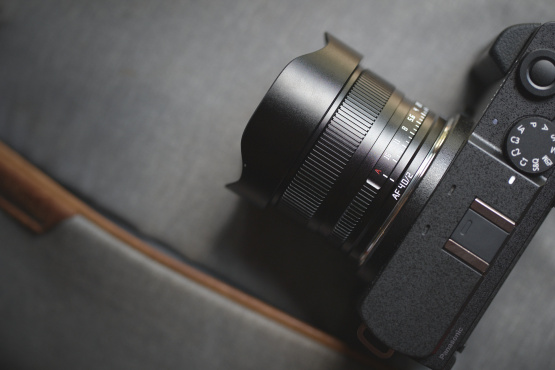
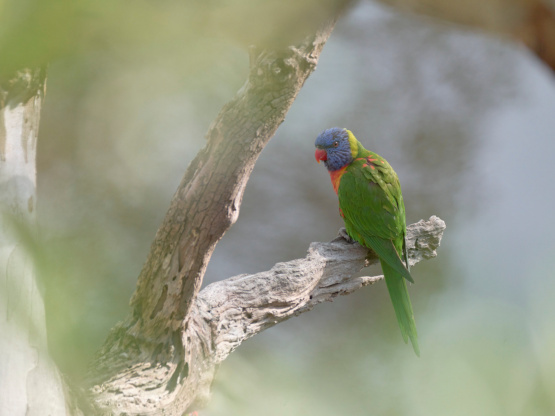
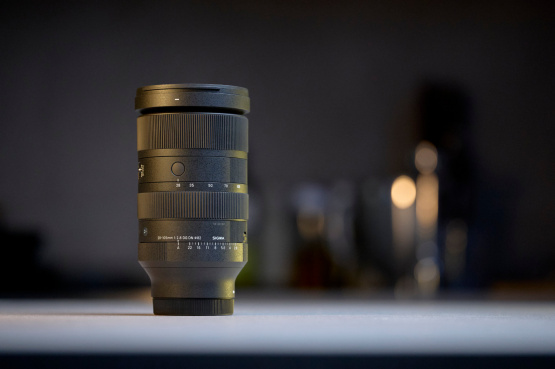
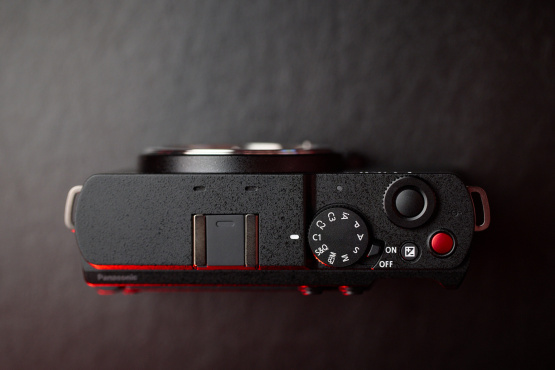
There's more to photography than just the camera. Looking at the bigger picture is good for your development.
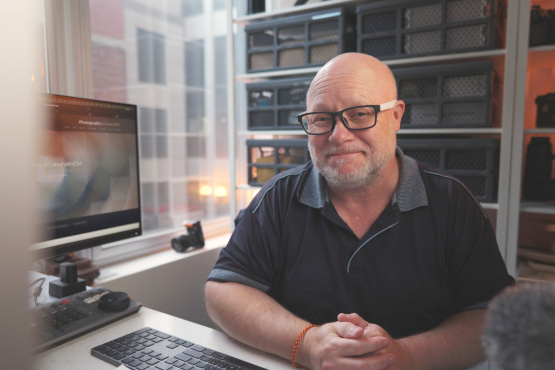

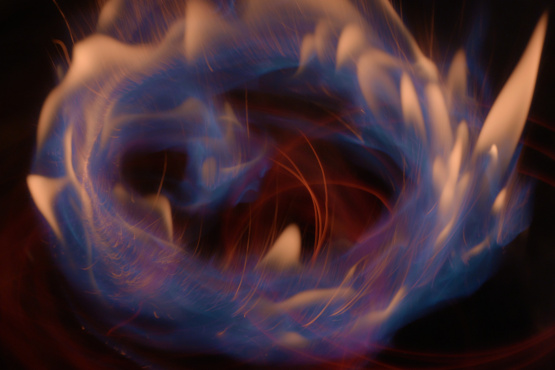
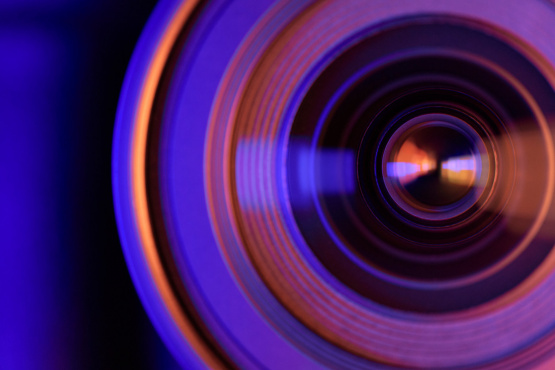
Inspiring destinations that offer something unique for photographers. I love sharing the beauty in this world, and sharing why I think you might want to see it too.

